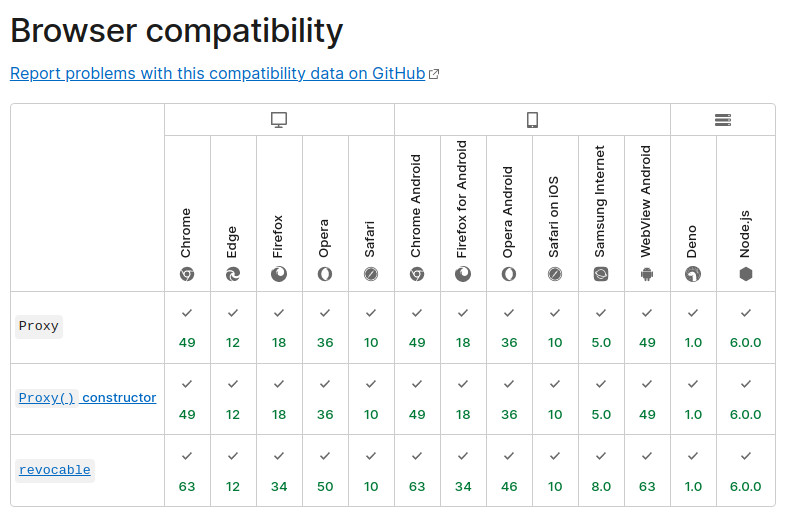Array-router 

Array-route is a simple, light-weight library that helps you manage routes in your React application. It's designed for React 18 and above.
Installation
npm install --save-dev array-routerSyntax
App.js
import { useRouter } from 'array-router';
/* ... */
export default function App() {
const provide = useRouter();
return (
<div className="App">
{provide((parts, query, { throw404 }) => {
try {
switch (parts[0]) {
case undefined:
return <WelcomePage />
case 'categories':
return <CategoryPage />
case 'forums':
return <ForumPage />
default:
throw404();
}
} catch (err) {
return <ErrorPage error={err} />
}
})}
</div>
);
}CategoryPage.js
export default function CategoryPage() {
const [ parts, query ] = useRoute();
const categoryId = parts[1];
return (
/* ... */
);
}Basic design
Array-router does not actually provide any routing logic. Instead, it gives you an Array containing
pathname.split('/') and an Object containing values from searchParams. You can then use them to build out
a routing scheme that suits the needs of your app.
The aforementioned array and object are
JavaScript proxy
objects. Array-router tracks all actions you perform on them and takes appropriate actions based on this
information. In the above example, Array-router knows that App reads the first item when it renders while
CategoryPage reads the second. If the location changes from /categories/1 to /categories/2, Array-router will
ask CategoryPage to rerender but not App since only parts[1] is different.
Mutation of parts or query will cause the location to change. For instance, parts.push('product', 17) would move
you from /categories/1 to /categories/1/product/17. Conversely, parts.pop() would send you from /categories/1
to /categories while parts.splice(0) would send you all the way back to the root level.
Override default push vs. replace behavior
By default, changes to parts trigger calls to
history.pushState while changes to query
trigger calls to history.replaceState.
When both type of changes occur, pushState has precedence.
You can use replacing to indicate that changes to the path should trigger a replaceState
instead of the default pushState:
replacing(() => {
parts[0] = 'categories';
parts[1] = 17;
});Conversely, you can use pushing to force the use of pushState when query variables are changes:
pushing(() => query.search = evt.target.value);Changing route during rendering
Normally, you would change parts or query inside event handlers. You can make changes while a component is
rendering--if you must. To do so, you need to use replacing:
function ProjectPage() {
const [ parts, query, { replacing } ] = useRoute();
if (parts[1] === 'summary') {
// fix an outdated URL
replacing(() => parts[1] = 'overview');
}
/* ... */
}replacing will throw a RouteChangeInterruption error. When the router
receives this error from its error boundary, the changes will get applied. The error boundary's subsequent
attempt at reconstructing the component tree should then proceed without incident.
This behavior is applicable to consumers of useRoute only. At the root level, changes get applied immediately.
Error handling
Array-router provides an error boundary that redirect
errors to the root-level component (i.e. the one that calls useRouter). A captured error is rethrown the
moment your code attempts to access one of the proxies (parts or query) or when rethrow
is called.
Array proxy
Working with array elements is somewhat unintuitive. parts[0], parts[1] don't tell us what they actually
represent. This is why the library provides a way for you to reference array elements by name instead:
const route = arrayProxy(parts, {
screen: 0,
id: 1,
});
if (route.screen === 'products') {
if (route.id) {
return <ProductPage id={route.id} />;
} else {
return <ProductList />;
}
} else ...route.screen in the example is mapped to parts[0] while route.id is mapped parts[1]. The mapping works for
both reading and writing. It works for deleting too: delete route.screen; is translated as parts.splice(0)
(since removal of both the zeroth element and those coming after is the only way we can ensure that parts[0]
would yield undefined).
See the documentation of arrayProxy for more sophisticated ways of mapping elements to properties.
Usage in non-web environment
This library can be employed in a non-web environment. You need to provide the following functions for handling URLs in the router options:
API Reference
Hooks
Router methods
Error objects
Compatibility
Array-router makes use of JavaScript proxy. According to Mozilla, it is available in the following environment:
Since the functionality in question cannot be polyfilled, Array-router does not work in any version of Internet Explorer or Opera Mini.


